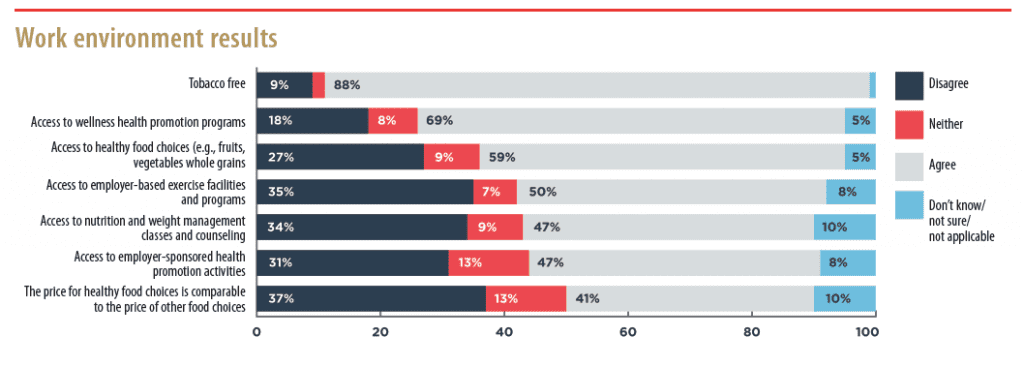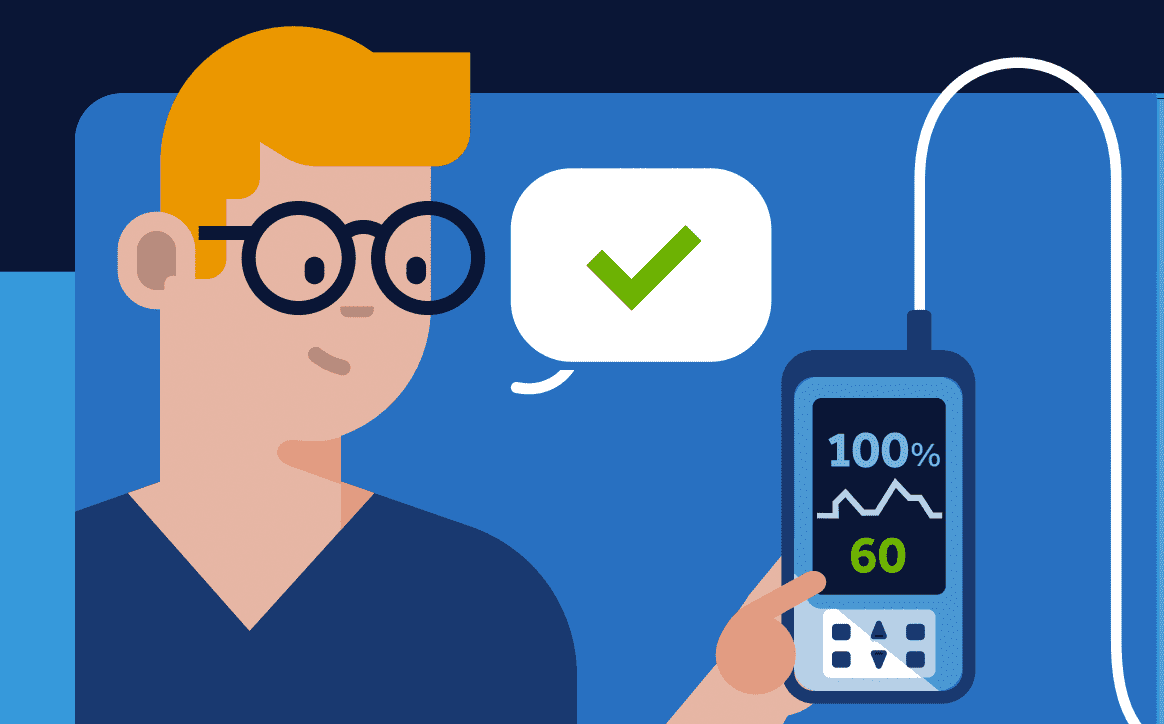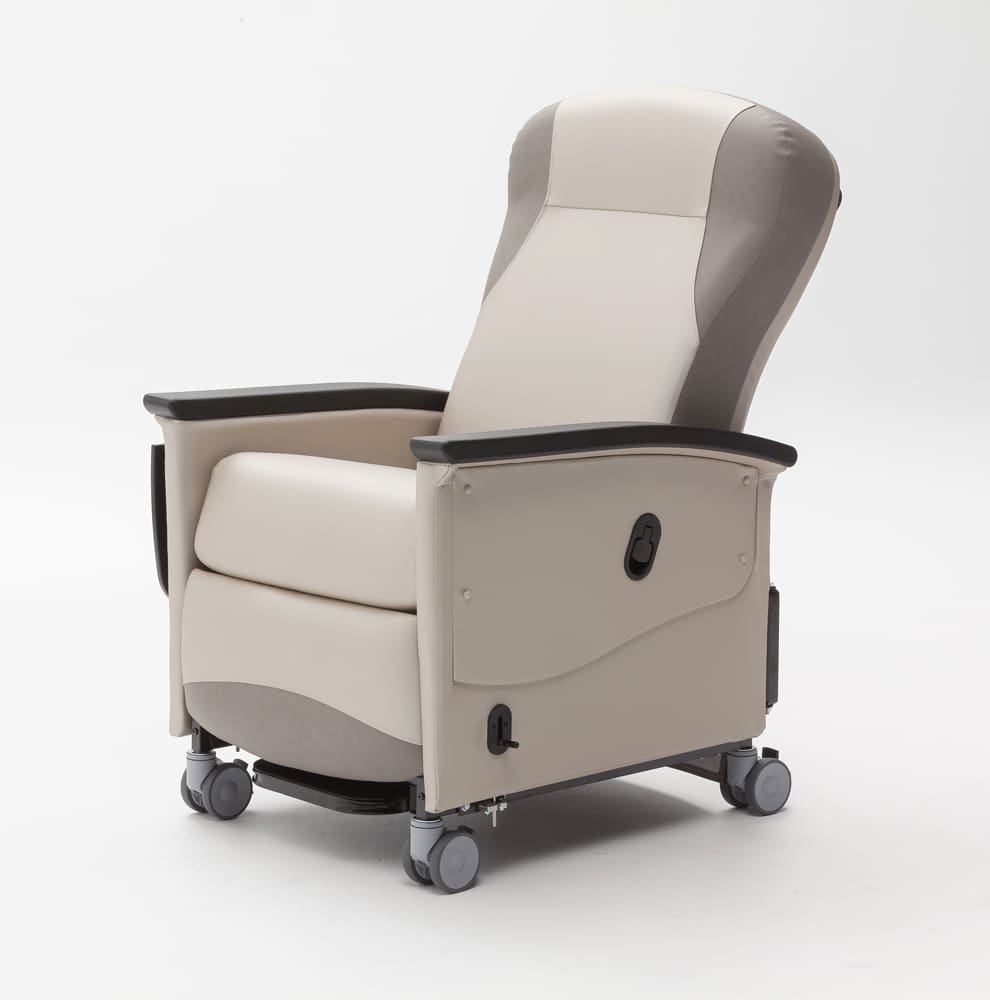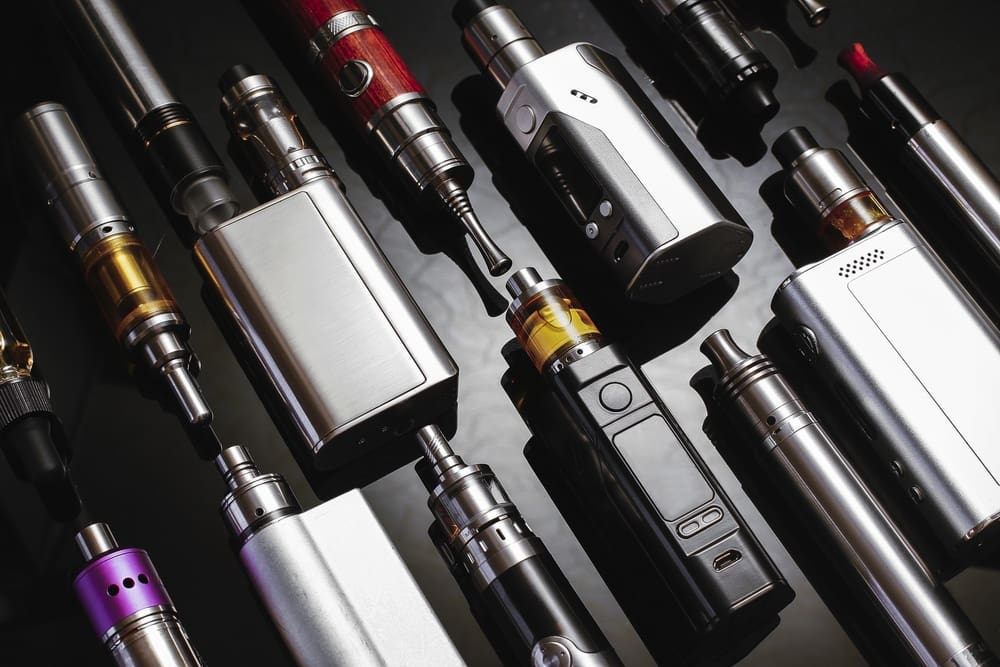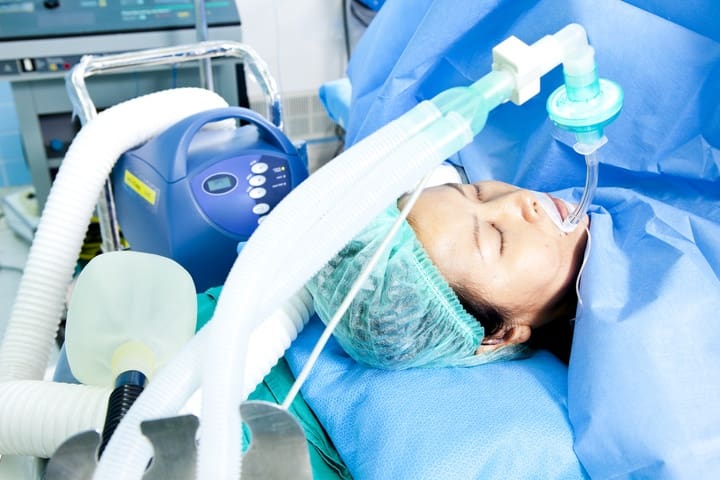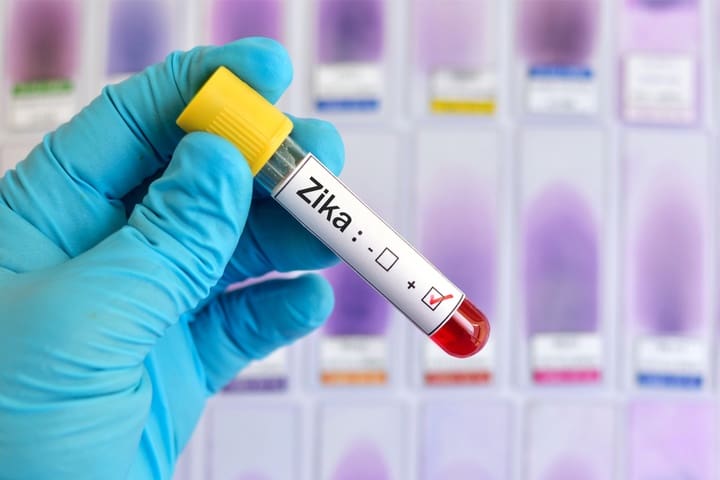What are the health and safety risks specific to nursing? What can nurses do to boost their health and wellness? The American Nurses Association (ANA) set out to answer these questions using its Health Risk Appraisal (HRA).
Among ANA’s top goals are promoting a safe and ethical work environment, ensuring optimal nurse staffing for safe and high-quality patient care, and improving the health and wellness of nurses. The HRA helps establish a baseline to determine whether these goals are being achieved and where improvements are needed.
What follows is a summary that contains preliminary highlights and key findings. It is a snapshot of registered nurse (RN) and student nurse participants’ responses received between October 2013 and October 2014. The results cannot be generalized to the broader nursing workforce. Data will be analyzed periodically as long as the HRA is active and open to participants.
Overall, the majority of participants said they feel positive about their workplace health and safety conditions. Yet they indicated there is room for improvement. Participants’ top perceived risk overwhelmingly was workplace stress. They expressed concern about the risk of injury from lifting and repositioning patients or equipment. Bullying and incivility in the workplace are prevalent, as are physical assaults by patients or their family members. Many participants reported heavy workloads that often necessitate working outside scheduled work hours to complete tasks, such as arriving early to work or staying late.
The majority of participants are above their ideal weight range for their height. A significant personal safety risk identified is distracted driving, such as texting or talking on the phone while driving. On the positive side, most participants said they had access to worksite wellness and health promotion programs, and a very low percentage said they smoke cigarettes.
Background
The HRA, an online interactive health-focused survey, was developed as a collaborative initiative between ANA and Pfizer Inc. ANA set four aims in developing the HRA:
1. Identify personal and professional role-related health, safety and wellness risks.
2. Compare individual results to known national averages or ideal standards.
3. Provide access for survey participants to an interactive web wellness portal.
4. Build a nurse-specific personal and occupational health risk database.
To meet these goals, ANA conducted a review of the literature, consulted with subject matter experts, and engaged a research group to develop the survey questions and metrics. The national averages and ideal standards used as comparison data came from evidence-based sources, including Healthy People 2020, Behavioral Risk Factor Surveillance System, National Health and Nutrition Examination Survey, and Health Indicators Warehouse.
The HRA was launched successfully and open to RNs and nursing students in late 2013. In October 2014, ANA commissioned the LCWA Research Group to conduct a preliminary analysis of HRA data between October 7, 2013 and October 13, 2014. In total, 3,765 completed participant surveys were analyzed.
Key findings
Here are the key findings arranged by category.
Demographics
- RN status: 90% RNs, 8% nursing students
- Gender: 93% female, 7% male
- Race: 88% white, 6% Black or African-American, 4% Asian, 3% Hispanic or Latino, 2% American Indian or Alaskan, 1% other, less than 1% identified as Native Hawaiian or other Pacific Islander
- Education in nursing: baccalaureate degree 32%, master’s degree 22%, associate degree 17%, doctoral degree 5%, diploma 3%
- Top employment status: 86% actively employed in nursing
- Marital status: 67% married or in a domestic partnership
- Top-listed work settings: 23% hospital, 16% acute care, 13% academia
- Top percentage of years as an RN: 19% have worked 31 to 40 years.
Occupational health
- 80% or more responded favorably about their workplace health and safety, though lower percentages indicated they assist with safety planning and selecting appropriate technology.
- Workplace stress was identified as the top work environment health and safety risk (82% said they are at a “significant level of risk for workplace stress”).
- 42% ranked lifting/repositioning of heavy objects as a significant health and safety risk for nurses.
- Approximately 75% have access to safe patient-handling and mobility technology.
- Student nurses and older RNs (ages 50 to 68) were more likely to use safe patient-handling and mobility equipment.
- More than half report experiencing musculoskeletal pain at work.
- Up to half had been bullied in some manner in the workplace.
- Almost 25% had been physically assaulted at work.
- Nearly 10% were concerned for their physical safety at work.
- About 60% reported working through breaks and coming in early and/or staying late to accomplish their work.
- One-third said they had often been assigned a higher workload than they were comfortable with.
- More than half reported their usual scheduled shift length was 10 hours or longer.
Worksite wellness
- Almost 90% reported that their place of employment is tobacco-free.
- Almost 70% had access to worksite wellness health-promotion programs.
- Less than 60% indicated they had access to healthy foods, such as fruits, vegetables, or whole grains, during their work hours. (See Work environment results.)
Participants’ health, safety, and wellness
Here are key findings by category.
Health:
- Almost 90% responded affirmatively to “Do you feel well today?”
- Most receive routine care and screenings recommended for their age.
- 80% received the seasonal flu vaccine in the past 12 months.
- Average body mass index (BMI) was 28, which is in the overweight category.
- 34% reported being diagnosed by their healthcare provider with lower back pain.
Safety:
- Almost 90% used sunscreen with a sun protection factor (SPF) of 15 or higher.
- Participants said they had engaged in distracted driving behaviors somewhat frequently, including talking on the phone (60%), eating while driving (53%), and texting while driving (16%).
Wellness:
- About 20% eat five or more servings of fruits or vegetables per day and 35% eat three or more servings of whole grains daily.
- The majority drink 35 oz or less of sugar-sweetened beverages weekly.
- 94% do not smoke cigarettes at all. Of those who do smoke, 56% are actively trying to quit.
- On average, participants sleep 8 hours in a 24-hour period.
ANA encourages all RNs and nursing students to take the free online HRA to continue helping to build a comprehensive database of nurses’ health and their work environments. The survey takes about 20 minutes to complete. Download the executive summary at nursingworld.org/HRA-Executive-Summary.

